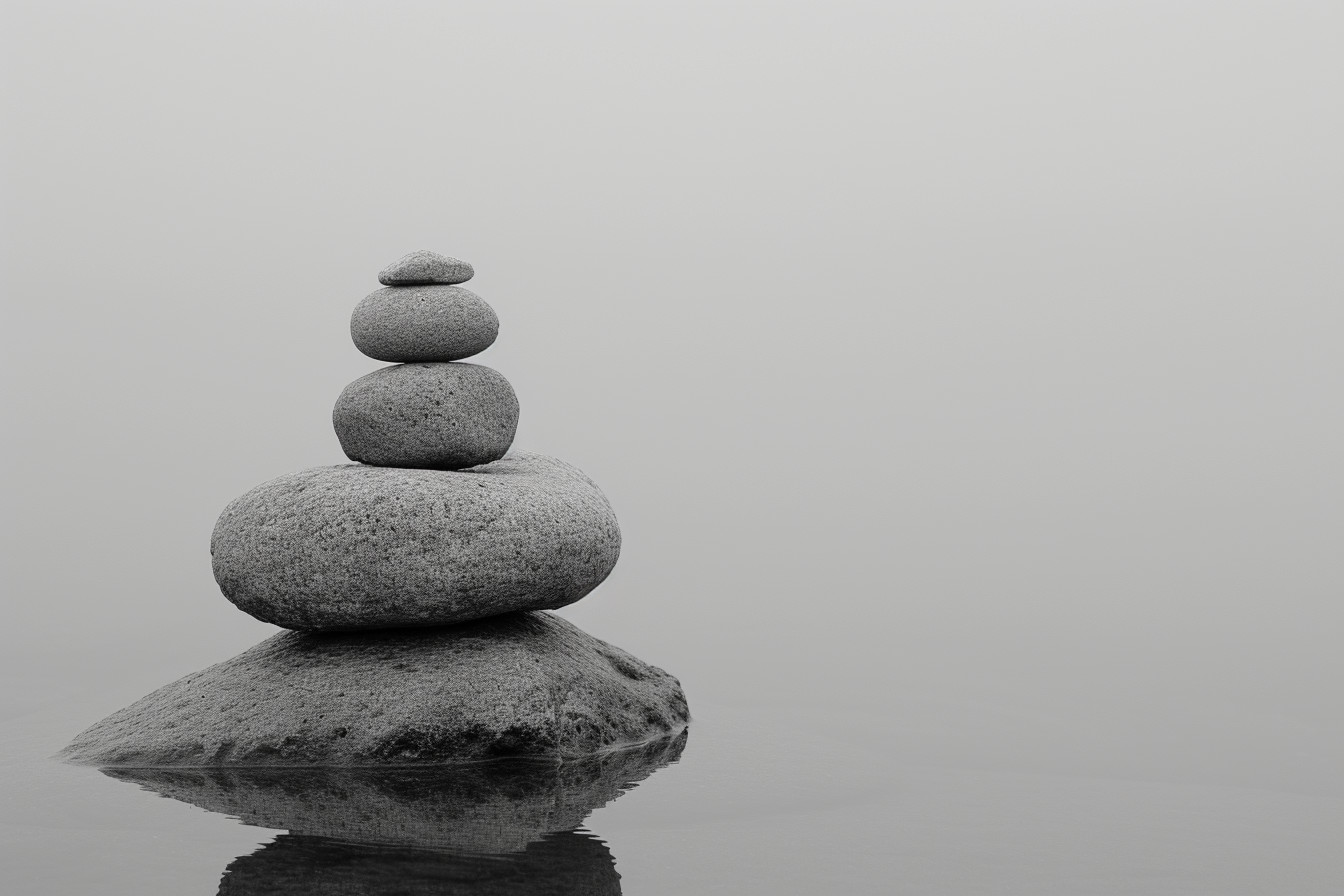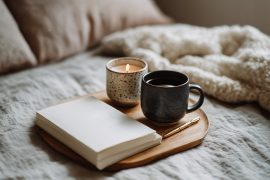As life keeps moving faster and faster, it’s easy to let consumption conquer all. Advertisements are coming at you from every direction, telling you happiness is only an item away. But after you stop and think, do these acquisitions really bring any long-term joy? This is where understanding the principles of consumerism is important.
It’s not just buying things; it’s a cycle of desire that cannot be stopped easily. A satisfactory end seems always to be out of reach.
Imagine living only in spaces where every object serves a purpose or brings joy. This is the essence of minimalism. Rather than accumulating extra things or stripping them away, consumerism is based on the sense that more is better. It’s a mindset that is difficult to escape from.
Especially given that in our society we often judge success by what you own, not who you are as a person.
Let’s take a step back and look at it in another way. The minimalism movement actually has roots that stretch back over centuries; however, it really gained momentum with post-consumerism as late as the 20th century. People began to seek alternatives, and a minority of dedicated souls stripped away the heavy, materialistic lifestyle that had been touted as their ideal.
Minimalism is not just a way of decluttering your home but also an approach to mental housekeeping. Lessening physical clutter has been shown to cut anxiety and lift focus. Remember this:
- Clear head: The less mess, the fewer disturbances.
- More economical: The less you buy, the more money you save.
- More time: Fewer possessions means less time spent on cleaning and figuring out how to put them all away neatly.
It doesn’t mean to lead a life of privation. Be mindful of your selections, and let your principles guide the way. The next time you’re considering purchasing something, ask, “Do I need this? How will it add value to my life?”
Here are a few ways you can apply the minimalist philosophy to your life:
- Clear out one room at a time. Keep only what you absolutely can’t do without or really love.
- Buy only what you need and throw out the old.
After a long time, you realize that it’s better to purchase a few items of good quality lasting for life.
The concept of minimalism
The removal of each object from your home reveals a progressively more serene environment. Getting rid of these objects is not merely about saving space. Rather, it is a symbol of the way that minimalism works in general. If we choose to live with less, we are not simply discarding items. We are creating space—not merely for rest or thought but also to break free from the flow of excess energy that once imprisoned us and reflect on our own future course.
Minimalism is all about enjoying freedom. It liberates people from buying into the chronic buying of unhealthy things and from a public mentality that, above all, more is always better. It means choosing to value quality over incredible quantity and finding simplicity in life while being brave enough to make intelligent assessments about what truly counts in your life.
According to its core, minimalism is a philosophy and a way of living that can be found everywhere in Buddhism, Stoicism, and even the movement of modern art and design. Each has simplicity as a component; each holds that joy lies in essentials.
People’s minimalism practices may differ from one another. It could be as simple as condensing your wardrobe into a collection of clothes that only brings joy and satisfaction, or as complex as decluttering your living space to keep only things with real purposes or essence.
Then again, it may be a matter of streamlining the entire day so everything centers around what’s truly important. The important thing is to take small steps. Start with any of the following tactics:
Adopt an in, out: Implement the purchase idea and your own When you’re done with something, get rid of it to stay in control over the number of items maintained at home.
Shop mindfully. Don’t buy on impulse or be swayed to purchase items that will not enhance the quality of life for yourself and others among whom you live.
Consider Alex, who switched to minimalism after a time of depression and clutter. By ridding his environment regularly and working in accordance with minimalistic principles, Alex found that not only was the house cleaner, but his mind was lighter too. This shift enabled him to devote effort to things he really liked doing and contributed to an overall improvement in his sense of well-being.
For instance, as case studies show, people who willingly opt for minimalism live lives that they feel are less stressful, as well as more focused on what really matters. These people derive happiness from experiences rather than possessions. They give preference to developing relationships and personal growth over material success.
Minimalism isn’t about giving up everything you love; it’s about loving what you have. The book is split into three parts: decluttering your physical space; a guide for managing time; not taking on tasks; and a list of minimalist entertainment and fun.
This isn’t just making your surroundings look better. It’s digging in under cluttered piles of conditions to reveal an awareness, and from that position, it can locate peace and a sense of clarity. These minimalist practices are not a one-time clean-out but continue to raise questions about what belongs in the context of your life.
Whether you realize it or not, this simple principle can change your life. You should liquidate any possessions that don’t “spark joy.” It forces you to concentrate on your things at a more emotional level and make a deeper connection to them. To avoid feeling overwhelmed, start off small, possibly with a single drawer or bookshelf. Gradually go through different parts of your home, from the wardrobe to the kitchen.
As you gradually develop the habit of tidying and decluttering, you’ll not only feel a difference in your living space but also in your mental clarity and well-being. Having a minimalist environment reduces stress and enables you to concentrate on what really matters. It acts as a physical metaphor for minimalism too, paving the way to weed out unimportant elements from all areas of our lives.
If such habits of minimalism are also instilled in daily life, then there will be even more clarity. Every day, finding time to reconsider and streamline can mean that the warehouse will always be something on which your journey toward minimalism is stamped.
Minimalism for a More Filling Existence: A Philosophical Approach
This contemplative approach offers a chance to think about the peace and tranquility of leading a minimalist life. Instead of as it now stands, imagine your world with fewer physical possessions. This isn’t about restricting yourself by living with the bare minimum but being surrounded by possessions that add value and happiness to your life. It’s achieving peace through austerity.
Final Thought
A simple life is not just about tidying your home but also leaving space for the good stuff. Just remember, it is a process, not a contest.
Starting from the tiny parts of life, where you clear your own head, is the place to begin. Step by step, your efforts will be richly rewarded, and you’ll come closer to finding meaning.
Learn from others’ stories, but shape your own minimalist journey. It’s about finding calm, focus, and thanks in a demanding world. Take that first step, and watch your whole life change.







